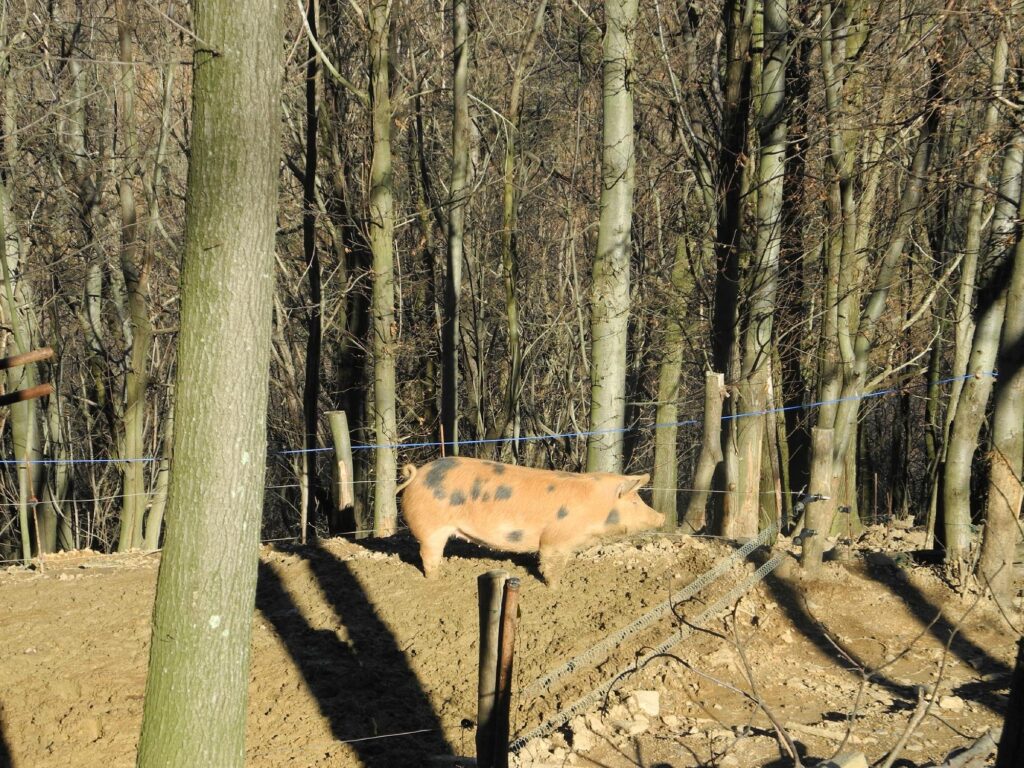
Like all fruit trees, walnut tree prefers full sun and well-drained soil. Walnut tree thrives in deep, sandy loam, well drained, irrigated and rich in organic matter soil. It can tolerate a wide pH range (pH 5 to 8), but in commercial orchards most farmers apply lime on order to fix pH around 6,5 (ask a certified agronomist). The tree is sensitive towards high concentrations of sodium, chlorine and boron. More suitable sites are the cool riversides, foothills and seaside areas. Sites that are surrounded by hills, where cold air masses cannot escape easily should be avoided. Sites where excessive rainwater can stagnate and not drain well should also be avoided. Regardless if walnut tree is grown for wood or nuts, the tree can thrive only in soils where its root system can develop freely up to a depth of 10 feet (3 meters) or more. Consequently, before choosing a site to establish our walnut orchard, we have to examine with a special soil penetrating tool if there is bedrock or other impermeable layer up to a depth of 5 feet (1,5 meter) or more (up to 8-10 feet would be the optimum). We may have to test our orchard in 5 or more distant spots of the field. If our tool finds great difficulty in penetrating the soil, walnut roots will experience the same difficulty and they will most probably not be able to develop properly. In this case, such a site should be avoided.
Before planting the young walnut trees, the soil has to be plowed at a depth of 20-27 inches (50-70 cm). Tillage aims at the destruction of perennial weeds and soil fluffing, which is necessary for the development of the sensitive root system during the first months. Before plowing, walnut farmers often take soil samples and send them to laboratory, in order to determine any necessary corrective actions. Many walnut farmers add 20-30 tons of manure per hectare well before planting the young trees, so as to increase soil fertility and improve soil texture (ask a certified agronomist). Keep in mind that 1 hectare = 2,47 acres = 10.000 square meters and 1 ton = 1000 kg = 2205 lbs.
When we grow fruit trees for profit, cover crops (which are in most cases low standing grasses) have been reported to be beneficial, if not necessary in some cases. Cover crops tend to reduce soil erosion during heavy rains or wind storms. They also improve soil aeration and orchard stability, while some of them fix nitrogen. Finally, they work as a filter for trees’ irrigation and they adjust orchard temperature. Mustards have been found to be beneficial when they are planted as cover crops in walnut farms.
https://wikifarmer.com/
